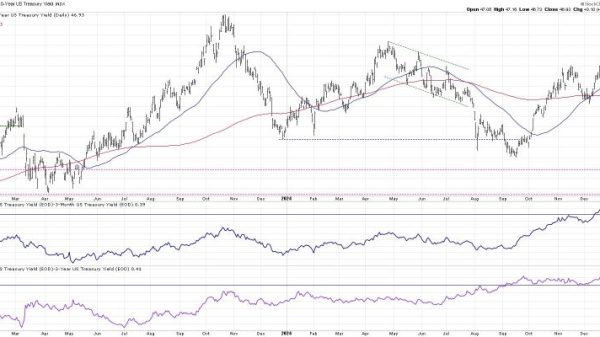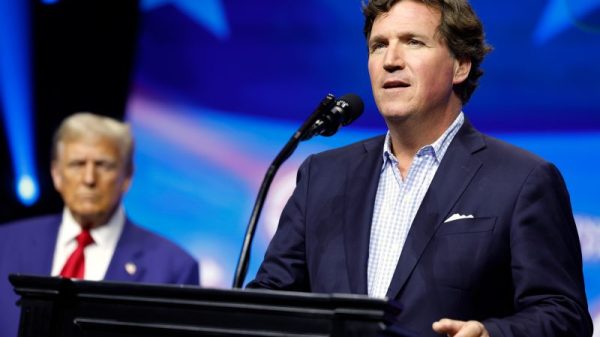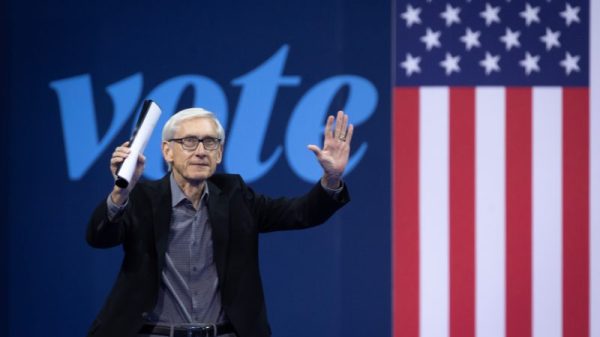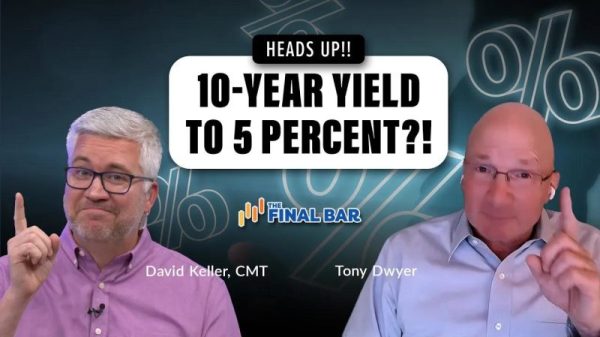Rep. Marjorie Taylor Greene (R-Ga.) reached the point of diminishing returns some time ago. One can only repeat fringe rhetoric so many times before it loses its shock value, before it just becomes the sort of thing you’re expected to say.
So when she argued on Sept. 11 — Patriot Day, as some have it — that states should consider secession, it attracted much less attention than similar outbursts she’s offered in the past. But it’s worth considering Greene’s comments less for her argument than for what it doesn’t capture well: the reasons that about 1 in 5 Americans support the concept of secession.
For the representative from Georgia, the putative rationale for secession was the border. President Biden’s policies, she claimed, included a refusal “to stop the invasion of cartel led human and drug trafficking into our country” which meant that “states should consider seceding from the union.” This is not a well-honed argument, of course; it’s ostensibly an effort to cast Biden as negligent and dangerous.
Nor does it seem that frustration with the federal government is necessarily what motivates support for secession. Instead, new research from Colby College assistant professor Nicholas F. Jacobs argues that an important factor in support for secession is the division between states.
“Partisan intensity does not do much explanation” in existing support for secession, Jacobs explained in an email. “Rather, it is highly dependent (almost entirely) on whether or not someone really thinks that red and blue states are just different — and different on meaningful dimensions, such as quality of government services, etc.”
And that, he argues, is the threat to confidence in our existing system.
“When political divisions take on a territorial dimension,” he writes in the paper (“Seeing Red and Blue”), “foundational attitudes central to maintaining the delicate federal relationship are challenged.
“No longer one country seeking to accommodate diverse peoples, some individuals see many peoples fitting uneasily into one federation, threatening collective decision-making,” he continues. “In the United States, between 20 and 30 percent of Democratic and Republican partisans are willing to express some agreement with secessionist sentiments, even in the absence of a major secessionist party or movement.”
As part of his research, he asked respondents to evaluate a number of political questions, including three that addressed secession. About 18 percent of respondents agreed with all three proposals, including having states with opposing politics leave the union, having their own state do so or simply agreeing that some division of the country made sense.
But again, this sentiment overlapped with the perception that there is a bifurcation between types of states. “[T]hose favoring secession are the least likely to tolerate partisan differences between the states,” he writes, “while at the same time, [they] are the most likely to see state-level political divides.”
Soon after Jacobs and I had communicated about his research, Pew Research Center released a new analysis of America’s political divisions. Included in its analysis was a measure that seemed salient to Jacobs’s observation: Most Americans are very or extremely concerned that a person’s rights might be different based on the state they are in, including nearly three-quarters of Democrats.
There’s been a big jump in that belief since 2022, certainly in large part because of the shift in the access to abortion. But this suggests an increase in the extent to which Democrats, in particular, view states’ governance as often dissimilar, the view that correlates to more acceptance of secession.
Jacobs was quick to point out, in his paper and in our discussion, that he is not suggesting that violence will follow. America’s experience with calls for secession was, of course, intermingled with horrific violence and a subsequent slow recovery. But he also indicated that he wasn’t sure how this sense that two countries are emerging might be countered.
“[A] substantial contingent of both major parties view themselves as ‘vulnerable’ to the other party,” he explained. That sense of vulnerability might be ameliorated by empowering more state-level decision-making — but that would then heighten the extent of the perceived divide between states.
“To the extent that this is what drives support for secession,” he said, “it seems like in our highly nationalized and polarized political climate, further decentralization is just as problematic as greater centralization.”
And then there’s the other problem: States are not themselves homogenous.
“[N]o matter what [Marjorie Taylor Greene] wants,” he said, “secession won’t offer that salve in the U.S. since the divide exists within states as much as it does between them.”
As good a reason to avoid secession as any.





























